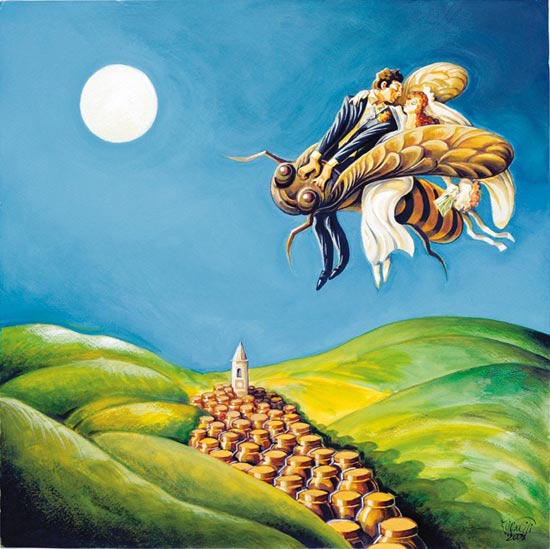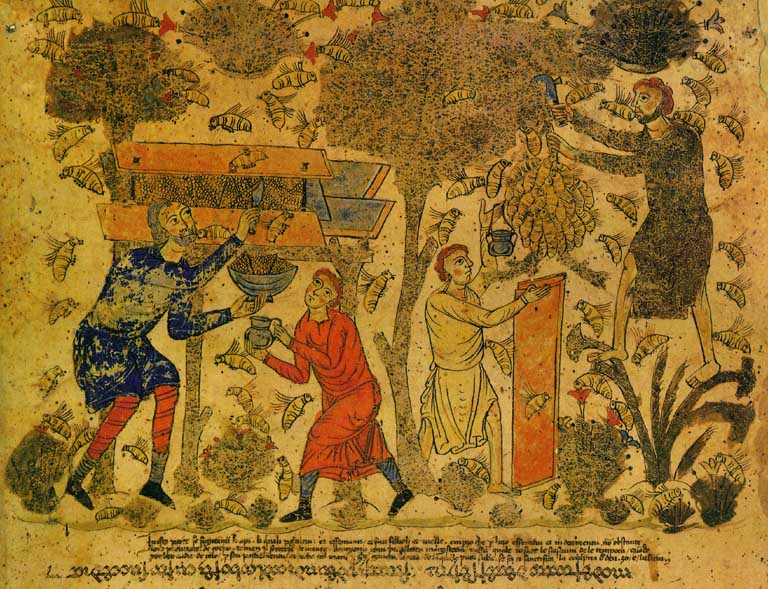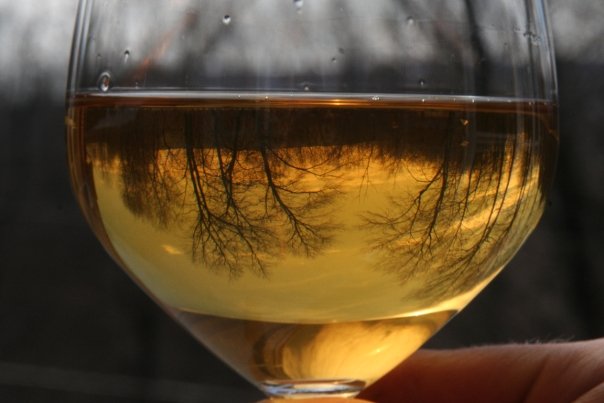Mead, commonly called "Nectar of the gods" or "Drink of Love", is the ancestor of all fermented beverages.
Simply made of honey, water and yeast, "honey wine" has been renowned as an 'aphrodisiac' and the word "honeymoon" is believed to be derived from the ancient European custom of having newly-weds drink mead for a whole moon (month) in order to increase their fertility and therefore their chances of a happy and fulfilled marriage. Mead is also taken as a health tonic drink as it has a good level of antioxidants.
If wine has been part of human culture for 6,000 years, the history of mead dates back 20,000 to 40,000 years and has its origins on the African continent, where we have the first evidence of man's knowledge of this natural fermented nectar. As nomadic peoples wandered out of Africa and into the Mediterranean they took with them bees, honey and, unknowingingly, osmotolerant yeasts, that were also responsible for the fermentation of wine grapes - a practice which started in the Mediterranean some 14,000 to 34,000 years later.
Eventually mead making became well known in Europe, India and China, but it died out as people became
Eventually mead making became well known in Europe, India and China, but it died out as people became
urbanized and honey was replaced by sugar cane.
This happened 1700 years ago in India, 1500 years ago in China and about 500 years ago in Europe. Honey was prized throughout history, it was often available only to royalty. Somewhere about 1300 A.D., the Italian voyager Marco Polo (1254-1324) returned from the Spice Islands with sugar cane. This inexpensive source of sugar became dominant and honey went underground. The tradition of mead was sustained in the monasteries of Europe where the need for ceremonial candles made of beeswax necessitated managed bee colonies and surplus honey was used to make mead.
Prior to the mechanized extraction of honey in 1865, the honeycombs were simply crushed to remove the honey. This left loads of honey laden, crushed beeswax which could most easily be processed by rinsing the honey out of the wax with warm water. And what became of the honey water? Mead, of course. Mechanized extraction meant less left over comb and less honey water for mead making and a general decline in the craft.
Since the mid 1800’s mead making has survived as an artisan craft, and today it still is. In recent years it is being rediscovered thanks to its health and tonic benefits, and for its sweet pleasant taste which is a good alternative to southern Italy's sweet Passito wines. It is ideally to be enjoyed with cheese and dry biscuits after dinner. It makes for a perfect dessert wine.



No comments:
Post a Comment